YouTube Beta Testing Content ID for Everyone
Soon you may know who copied your videos...
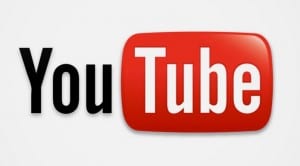 When Google bought YouTube in October 2006, one of the first challenges it faced was tackling the mammoth piracy problem that plagued the video sharing site.
When Google bought YouTube in October 2006, one of the first challenges it faced was tackling the mammoth piracy problem that plagued the video sharing site.
In June 2007, it began testing a new system to automatically detect copyrighted video and audio being uploaded. That system would become known as Content ID and would go on to handle 98 percent of all YouTube’s copyright removals or blockings.
Content ID works by having copyright holders, primarily TV, film and music studios, submit their work to YouTube for processing. The content is put into a database and is then matched against uploaded content. When a match is detected, the rightsholder can then choose whether to block the video, monetize it or simply monitor it.
Though YouTube has made many changes to Content ID over the years, in particular focusing on improving the appeals process, the system remained largely unchanged.
However, one group of people has never benefited from Content ID directly: YouTubers
Getting your work into Content ID without the aid of a major backer is famously difficult. However, last week YouTube posted a video to its YouTube Help channel and followed it up with another video on their Creator Insider channel (both embedded below) that indicates that YouTube is working to make a limited version of Content ID available to everyone.
While it’s impossible to say whether this will be a boon for creators, it certainly has the potential to open up the doors for a lot of YouTubers to better enforce their content.
How it Works
The new tool, entitled Copyright Match, is currently available to a small handful of creators on YouTube.
Copyright Match works much the same way that Content ID does, using much of the same technology. As you upload videos, YouTube will check in the background for reuploads of your content, in whole or in part.
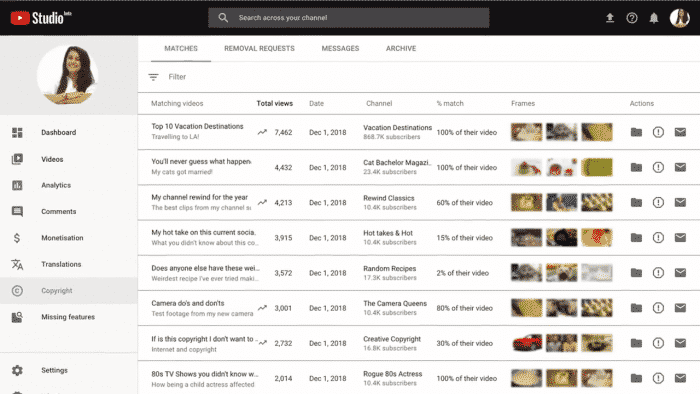
Once a match is detected and you confirm that it is a match, you then have three choices as to the types of action you can take.
- Do Nothing
- Get in Contact with the Channel Directly
- Ask YouTube to Take the Video Down
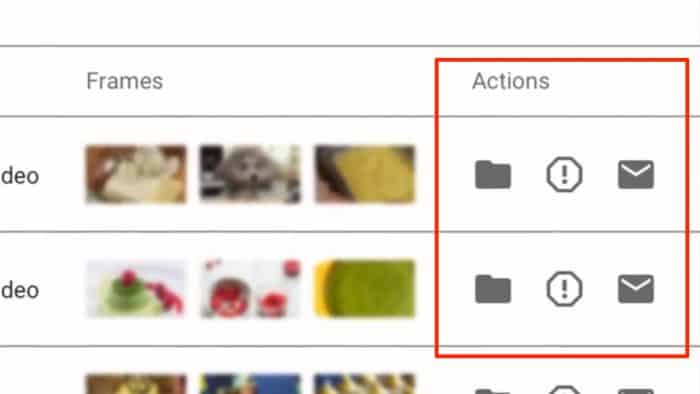
If you choose to have the video removed, Youtube will first review the claim to make sure that it has all of the information they need. If they are missing data, such as your full name, they will request it.
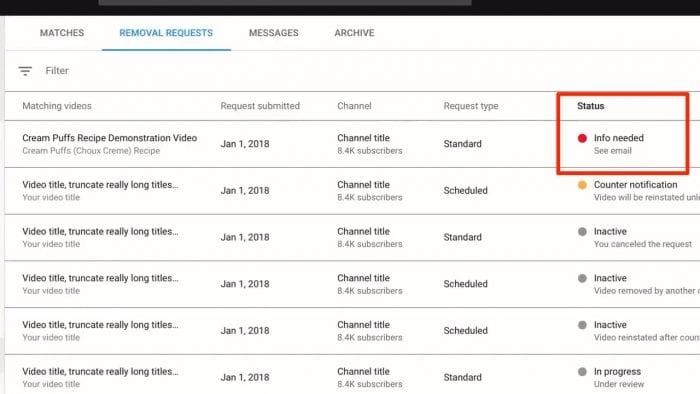
If the channel you file the notice against opts to file a counternotice, the video will be restored barring a lawsuit and an injunction against its restoration.
Currently, the Copyright Match is in a pilot program with a handful of channels. Though YouTube didn’t say when it anticipates rolling it out to all creators, it hopes to do so soon.
How is Copyright Match Different from Content ID
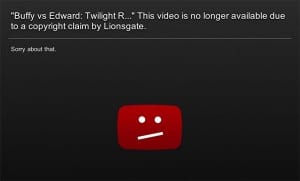 Though Copyright Match and Content ID use the same video matching technology, they operate in fundamentally different ways.
Though Copyright Match and Content ID use the same video matching technology, they operate in fundamentally different ways.
Content ID is a proactive system, it works by monitoring content as its being uploaded and then automatically blocking, monetizing or monitoring it. By in large, Content ID users never have to take any action unless someone disputes a Content ID match.
Copyright Match, on the other hand, is completely reactive. Though it monitors uploaded content (using the first uploaded date as the arbiter) no action is taken until the creator chooses to do so.
That might seem like a minor deal, but it’s actually a pretty significant legal implications.
Content ID is not part of the Digital Millennium Copyright Act (DMCA) notice and takedown system. This means that creators can’t be held liable for videos that are falsely removed and that creators who have their content removed have no recourse under Section 512(f), which deals with knowingly false DMCA notices.
While those protections are notoriously weak and thin, as the recent Super Seducer case showed, they still can be a powerful deterrent.
Copyright Match claims, however, do seemingly require DMCA notices. This means that appeals aren’t handled through YouTube’s Content ID process, but through counternotices.
While this means that the subject of a Copyright Match claim can restore the video with a simple counternotice, it also means that Copyright Match claims (most likely) will represent copyright strikes, not mere Content ID claims. Copyright strikes have a much greater impact on a YouTube channel and can hurt channel monetization and even limit uploading. Meanwhile, a Content ID claim only impacts that specific video.
It’s also worth noting that the Copyright Match system doesn’t let creators monetize duplicate videos, something that Content ID does. The only options for a Copyright Match are removal, contact the creator or ignore.
So while the two tools use the same technology, the way they apply it are very different and will create very divergent outcomes.
So What’s Next?
YouTube is currently piloting the system and gave no date for it to roll out to everyone. However, when it does, fully expect a flurry of activity as old infringements come to light and takedown notices begin to fly.
The long term impacts will likely include reduced duplicative uploading on YouTube. While this won’t fix YouTube’s plagiarism problem, it may reduce some of the more wholesale infringement.
However, a lot of the worst infringement hasn’t been on YouTube in some time. Facebook has been the target of some of the worst video piracy criticism in recent years and the company is close to a decade behind YouTube with addressing the problem.
Still, it’s hard to deny that this is a step forward for YouTube and YouTubers when it comes to handling copyright issues. Even if it is one that will likely change YouTube in unpredictable ways.
Bottom Line
A lot of the details about YouTube’s Copyright Match tool are unknown and unclear at this time. The information in this article is gleaned from two short videos and stills from it.
However, It’s pretty clear that this tool is going to shake up YouTube in a significant way and expose a large amount of copyright infringement and plagiarism that was previously undetected and largely undetectable.
The exact impact will be determined by just how the tool is used but one thing is for certain, you’ll be hearing a lot more about this tool in the not-too-distant future.
(H/T: Tubefilter for covering it here.)
The Original Video on the YouTube Help Channel
https://www.youtube.com/watch?v=5-2R-IZITZ8
The Follow Up on YouTube’s Content Insider Channel
Want to Reuse or Republish this Content?
If you want to feature this article in your site, classroom or elsewhere, just let us know! We usually grant permission within 24 hours.
